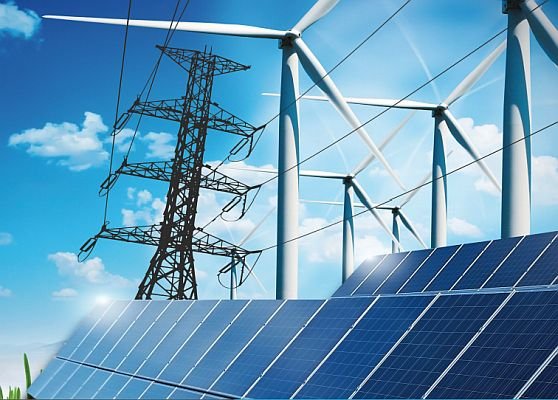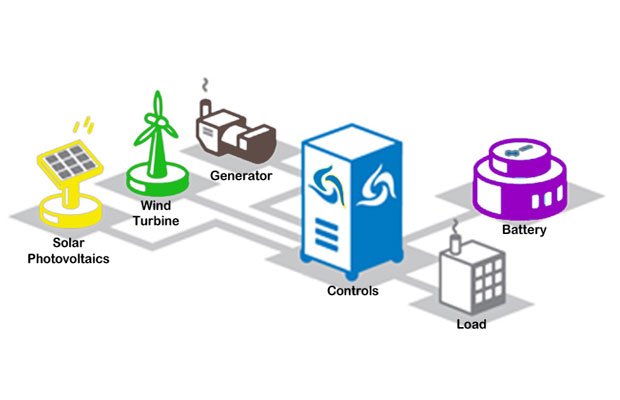There is a lot of discussion about whether macrogrids or microgrids will be the key to the renewable energy revolution. Some argue we need a vast array of high voltage transmission lines to carry electricity from solar farms on sunny side to people living on other side where the sun is setting and so the demand is high at night.
The issue, of course, is time shifting. The demand for electricity tends to ramp up just when production from most solar power plants is decreasing.

Breakthrough Energy, an organization created and funded by Bill Gates, is supporting something called the Macro Grid Initiative, a plan developed by the American Council on Renewable Energy and Americans for a Clean Energy Grid.
A microgrid on the otherhand uses locally produced renewables to power a local community. The time shifting problem is largely taken care of by battery storage installations, but some gas-fired peaker plants may be used as well.
The theory is that local microgrids will avoid the resiliency problems often associated with long distance transmission grids when pylons or wires collapse during earthquakes or severe storms.
We feel society doesn’t need to choose between macrogrids and microgrids. There is a need for both in the energy environment of the future.
Microgrids can function independently if the connection to the utility grid is interrupted, but need to be interconnected to the macrogrid to ensure constant service at all times since even the best human-designed systems can fail.
The factor that is driving all these debates is that renewable energy facilities cost less to construct and can become operational in far less time then coal, gas, or nuclear generating installations.
Reference- Breakthrough Energy website, American Council on Renewable Energy website, Clean Technica









